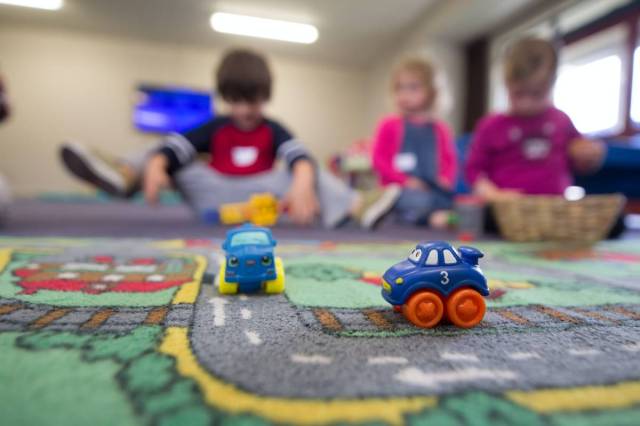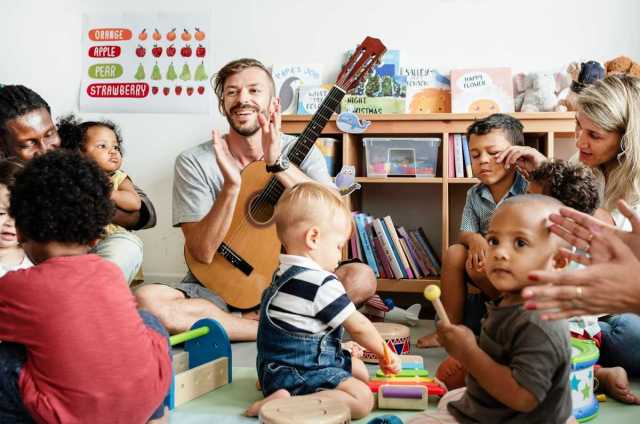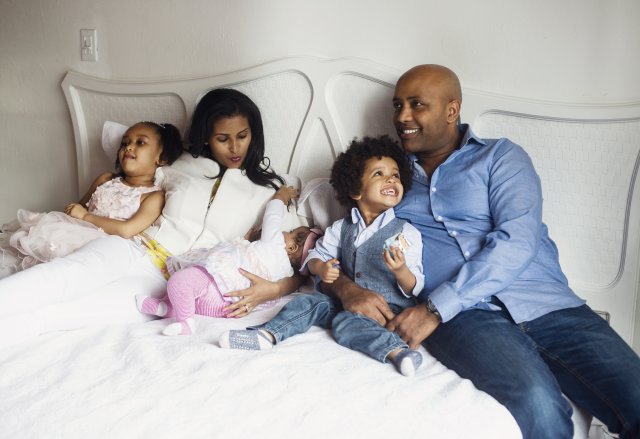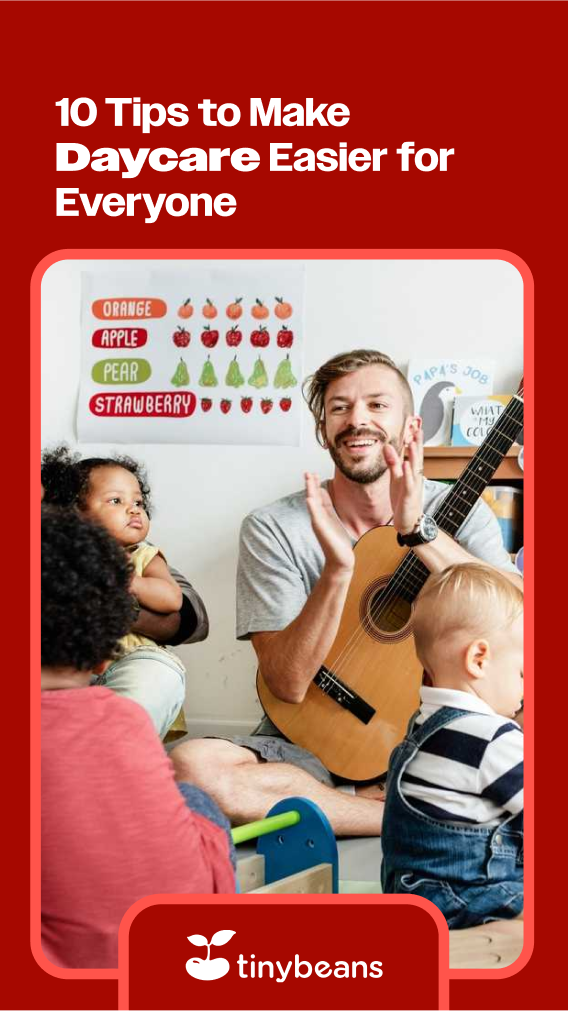
My recent post about 8 Things Kids Need to Do By Themselves Before They’re 13 went wild around the web. Parents are weighing in and while majority agree with integrating life skills into their kids lives, others have dubbed me uninvolved, lazy and say they feel sorry for my kids.
One reader said, so what do you do exactly, if you aren’t doing these things for your kids? So glad you asked….
1. Laugh and enjoy life with them
Don’t get caught up in the to do list of the day. Make connective time with your kids a priority because you can’t get one second of this back. The worst thing that can happen to us is that we have regret when our kids head out the door at 18 and we realize that we didn’t take enough time to enjoy their childhood. Seize the simple moments.
Taking crazy family selfies after dinner on our vacation in Hawaii last week.
Purposefully prioritize time to laugh and fit in carefree fun with the kids no matter how old and cool they get. Take breaks and vacations when and where you can to reconnect with your loved ones. Memories of time well spent together will sustain us when everyone dismantles in a few years.
2. Date their Desires
When you have teenagers, you have to be strategic to score one on one time with them. Not so long ago, I could plan anything out of the ordinary and my kids would be game. Unfortunately, this is no longer the case. Most ideas I come up with are met with a blank stare and a “not happening, Mom.” I must be in tune with my kids passions if I want to have close relationship with them.
Suns game with the sons!
My sons love anything sport so I take them to various college or pro baseball and basketball games each season. Or I take them to a new restaurant because food is always an easy way to a guy’s heart. With my other kids, I may choose hikes, movies, local concerts, plays or shopping excursions that feed their soul and in turn, fuel our relationship.
3. Encourage them to advocate for themselves
Last year, a teacher forgot to input one of our son’s homework grades at the end of the quarter and it affected his final grade. The mistake had my son very upset. (He went from a high A to a low A, but to him it was close to the end of the world.) He talked with the teacher and she apologized, but said there was nothing that could be done because grades had already been finalized. My son continued to talk his frustration out at home, so I advised him to go to the principal if he felt so strongly about it. We then talked about forgiveness and letting this mistake go, which is what he ended up doing.
What I wasn’t going to do was get involved with the teacher, even though I believed he was right. It’s hard not to write that email when our child has been wronged, isn’t it? It takes major self control to step back sometimes. But my son needs opportunities to learn to work things out in his world without Mom swooping in for the rescue.
4. Gather for family meals
Our family dining table is a sacred space in our home. A lot of beautiful, and usually loud, bonding goes on around that table. I wrote that I no longer make weekday breakfasts or pack school lunches, but I cherish our dinnertime together.
Sharing regular meals as a family has been proven to be one of the most important things we can do in our homes. Connections are made during conversations over food. Typically, teens are spending less time with family and more time with peers, so family mealtime is an important time to be together.
5. Support their passions
One of the most exciting aspects of being a mother is watching my kids choose their own unique paths. It intrigues me to see what makes them tick. I found myself as a volunteer judge at the high school speech and debate tournament that one son was competing in last weekend. How in the world did I end up there in my life?
I love finding myself in environments that I would never experience without my children. I’m on the sidelines of many games every weekend as well, because that’s what my others love to do. I don’t yell out or provoke them after a game, because my role is to simply support them. Their passions are not my passions and their interests are not mine. My kids know that I’ll be there when I can but that I’m not wrapped up in their performance.
6. Be the person you want your child to be
Practice what you preach because your kids are watching you. How well are we living our own lives according to what we say is important to us? Model the values that you want to see in your kids because what they see you doing just may rub off.
I’m mindful that my children are watching me. They are seeing if what I say matters matches up with my actions and yours are doing the same!
7. Create opportunities to build empathy and compassion
In this me, myself and I culture, it’s important that we create opportunities to serve others on a regular basis. Weave giving into your family culture so that serving others becomes who you are instead of what you do. If we want to raise kind and caring kids then we must put as much emphasis on caring for others as we do achieving good grades and winning games.
Early Saturday morning serving with Kitchen on the Street with two of my kids!
8. Talk technology
Got kids with high tech devices that resemble a body part? Me too. We have to balance giving our teens the freedom to communicate with their peers while letting them know that we will check their phone anytime we feel it necessary. Follow your kids on whatever social media feeds they are using. Know their passwords so you can scroll through Instagram and see what their friends are posting on spam accounts. It is eye opening. I always tell mine to remember that other parents are watching them as well. I agree with granting my child privacy, but never checking in is a mistake. We definitely grant our teens freedom and space, but they know that we care enough to check in as well.
What else should we be doing for our teens today?
Do you have a story to share with our readers? We want to hear it! Sign up for our Spoke Contributor Network and start submitting your writing today.





















